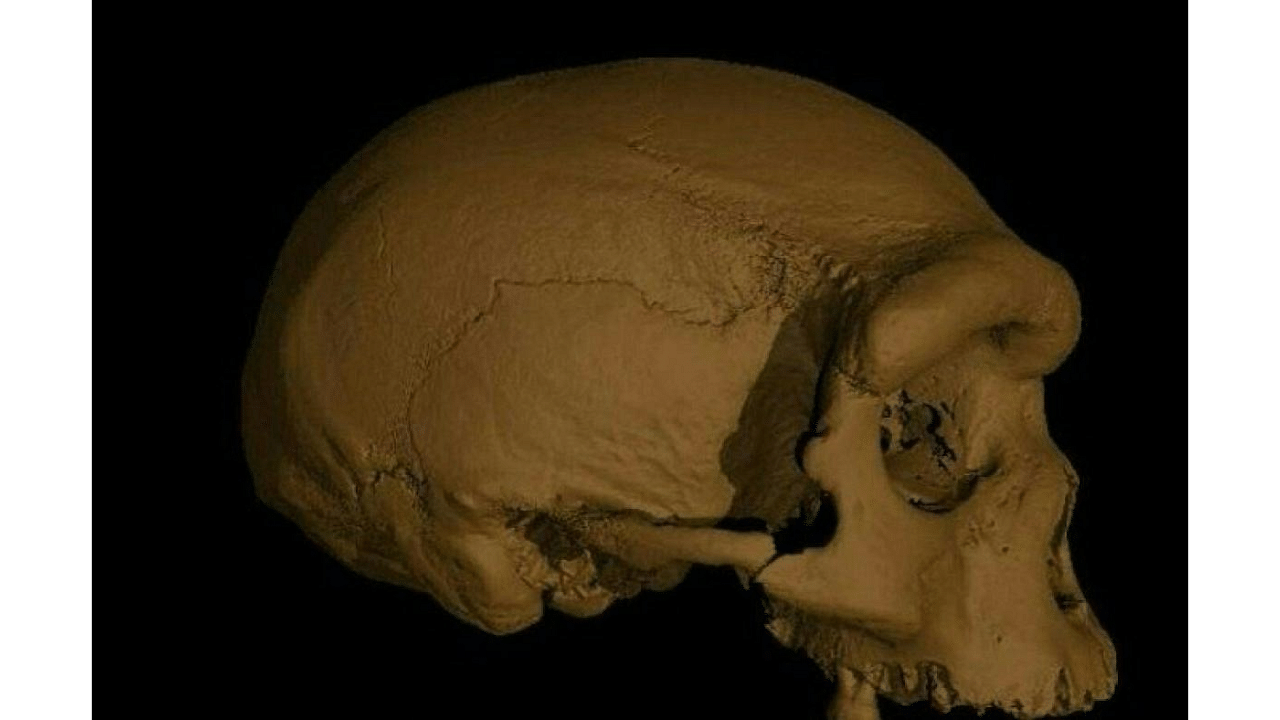
Scientists on Friday announced that a massive fossilized skull that is at least 140,000 years old is a new species of ancient human, a finding that could potentially change scientists’ view of how — and even where — our species, Homo sapiens, evolved.
The skull belonged to a mature male who had a huge brain, massive brow ridges, deep set eyes and a bulbous nose. It had remained hidden in an abandoned well for 85 years, after a laborer came across it at a construction site in China.
The researchers named the new species Homo longi and gave it the nickname “Dragon Man,” for the Dragon River region of northeast China where the skull was discovered.
The team said that Homo longi, and not the Neanderthals, was the extinct human species mostly closely related to our own. If confirmed, that would change how scientists envision the origin of Homo sapiens.
But a number of experts disputed this conclusion, published in three papers that provided the first detailed look at the fossil. Nevertheless, all the experts who reviewed the data in the studies said it is a magnificent fossil.
“It’s a beautiful thing,” said John Hawks, a paleoanthropologist at the University of Wisconsin-Madison. “It’s very rare to find a fossil like this, with a face in good condition. You dream of finding this stuff.”
In 1933, a laborer working at a bridge construction site in the city of Harbin discovered the peculiar skull. It’s likely that the man recognized that he had found a scientifically important specimen.
Rather than hand over the new skull to the Japanese authorities who occupied northeast China at the time, the laborer chose to hide it. Shortly before his death in 2018, the laborer told his family about the fossil.
In the papers published Friday, the researchers argued that Homo longi appears to have been an adult of great size.
The researchers argue that Dragon Man’s anatomical features are found in no previously named species of hominin, the lineage of bipedal apes that diverged from other African apes and later became a series of larger-brained species that fanned out across the planet.
“It’s distinctive enough to be a different species,” said Christopher Stringer, a paleoanthropologist at the Natural History Museum in London and co-author of two of the three Dragon Man papers.